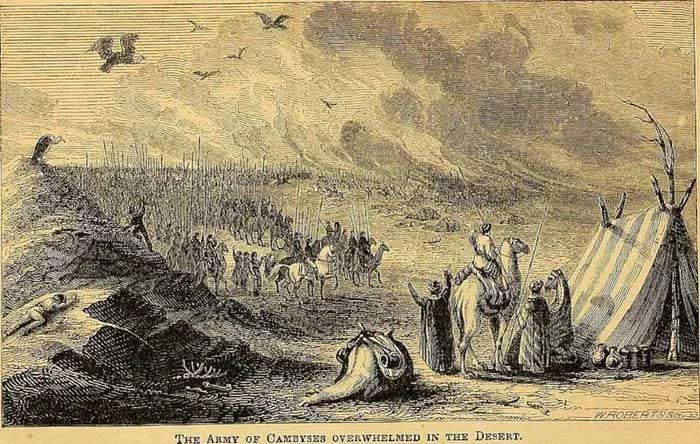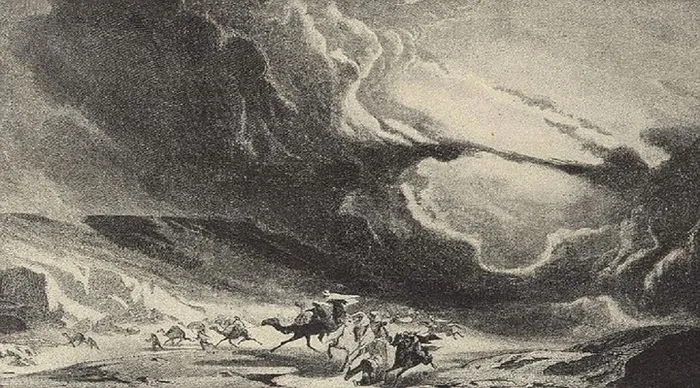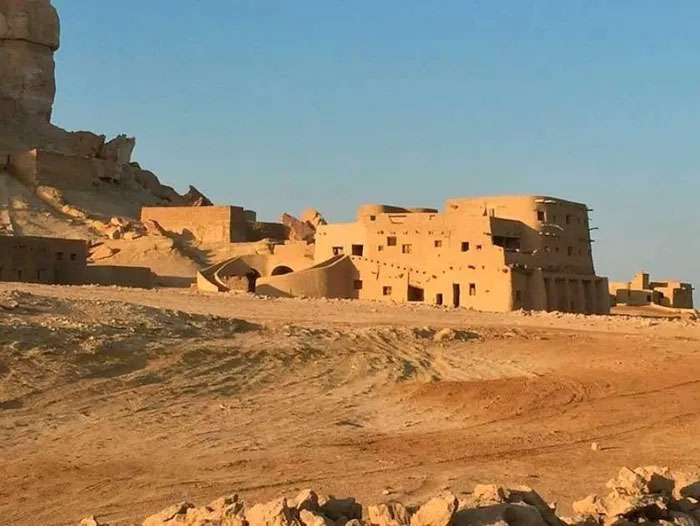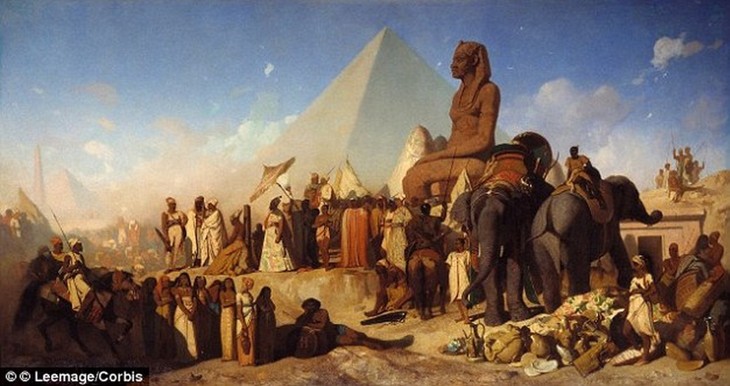In world history, there was a strange event when a team of 50,000 people suddenly disappeared, no one was alive , and no corpses were found. For thousands of years, no one has been able to explain what truth is.
More than 2,500 years ago, King Cambyses II , ruler of all of Persia and son of the legendary Cyrus the Great, sent an army of 50,000 men to attack his opponents. What happened next has become one of the greatest mysteries of the ancient world: the entire army disappeared and has never been seen since.
Some people believe that this story is just fiction. However, archaeologists have long sought to find out what really happened to the 50,000 warriors sent by Cambyses.
Cambyses Army
In 524 BC, Cambyses II sent troops on a mission to target and enslave the occupants of the Temple of Amun, located in the Siwa oasis , known as the “Ammonians.” The Persian king wanted to strengthen his claim to Egypt so that he could legally obtain the position of Pharaoh.
Cambyses initially made a polite request, but the powerful priests of the Temple of Amun were unwilling to submit, which angered him. To resolve the situation and quell their resistance, Cambyses sent his men to burn their great temple of Zeus-Ammo.
The great army embarked on its mission and marched across the Sahara towards the oasis of Siwa, deep in the desert. They wanted to teach the rebel priests a lesson so they could prove their position.
It took 7 long days in the desert for the army to reach the oasis – historians believe that the oasis was then called “El-Kharga” . But they never arrived: the 50,000-man army disappeared while marching to the finish line.
 Cambyses’ army was overwhelming in the desert. (Photo: Internet).
Cambyses’ army was overwhelming in the desert. (Photo: Internet).
This could have been nothing short of a disaster for Cambyses. But it was no aftershock to his rule and power, some were skeptical whether the event was real or not. However, since no trace of the warriors was found, the truth of the story became a moot point and the search for the soldiers stopped.
What could happen to them?
Although we cannot be sure what army was here, there are explanations from ancient times that give clues. According to Herodotus, an ancient historian from Greece, a strong and deadly wind arose from the south when the army was almost halfway across the desert, engulfing them in a great sandstorm.
The intensity of the sandstorm was so great that the entire army of 50,000 warriors was covered by it and they had no time to react or flee. Even though the army consisted of thousands of people, they didn’t stand a chance against mother nature.

The force of the natural weather phenomenon was so strong that the entire army disappeared under the sand and was never found again. The trace of those men was lost and no one heard anything of them, neither the Egyptians, nor the Persians, nor the Greeks.
When traces of those men were completely lost, they soon even disappeared from memory. The task that the army had to endure was quite difficult and they did not realize the challenge they might face in a natural setting.
Of course , Herodotus himself guessed and gave the most reasonable explanation he had. But with the environment so challenging, the army can get lost and disappear in the vast Sahara desert.
Explore the mystery
Archaeologists have actually discovered some evidence that sheds light on the tragedy that befell Cambyses’ large army. While conducting research activities near the area believed to be where they disappeared, researchers found several artifacts including human remains along with other items such as a half-buried urn .
Another major discovery concerns the existence of a large rock that may have been used as a shelter against a sandstorm. Some ancient war items have been located by metal detectors, such as many bronze arrowheads and daggers, all from the Cambyses era. Are these the remains of the army, all that remains in the desert?
 Siwa Oasis. (Photo: Internet).
Siwa Oasis. (Photo: Internet).
The tragic fate of the army makes one wonder how nature can act as a catalyst and change human destiny. The loss of the Army of Cambyses, considered one of the greatest archaeological mysteries of all time, was solved when it was found that the cause of the loss of 50,000 warriors was a sandstorm . Far from the concept of a mysterious army, scientists were confident enough based on their findings to announce that they had decoded this secret in 1996.
Their conclusion was consistent with Herodotus: the army was indeed swallowed by a sandstorm during the journey. Now nothing remains of the 50,000 people who set out for the Siwa oasis.
Although Cambyses had been remarkably successful as king, controlling nearly all of Egypt, the sudden disappearance of his entire army was certainly a major setback. That is a proof that no matter how powerful he is, he cannot overcome this disaster.
The sudden disappearance of his massive army of warriors in the middle of the desert has intrigued archaeologists for decades. Recent research results have revealed that the army consisting of thousands of people faced a natural obstacle in the form of a massive sandstorm. They could not complete their journey because they were engulfed by sand along the way.






